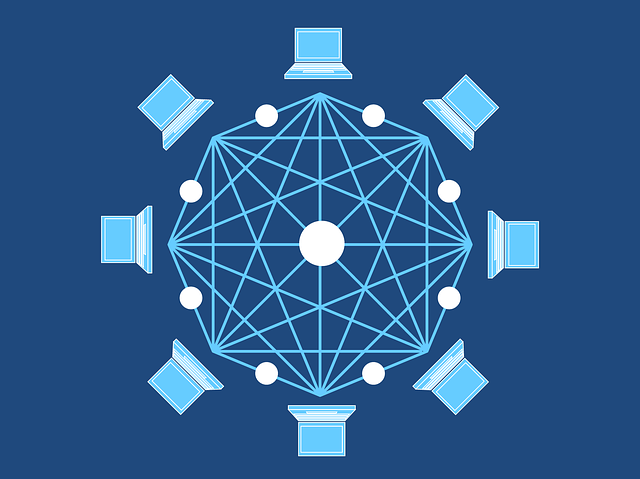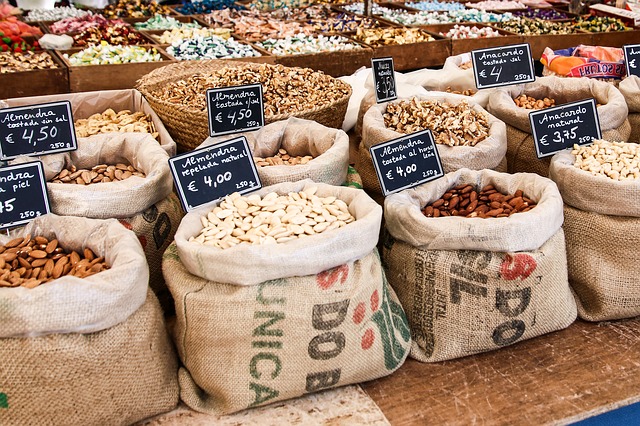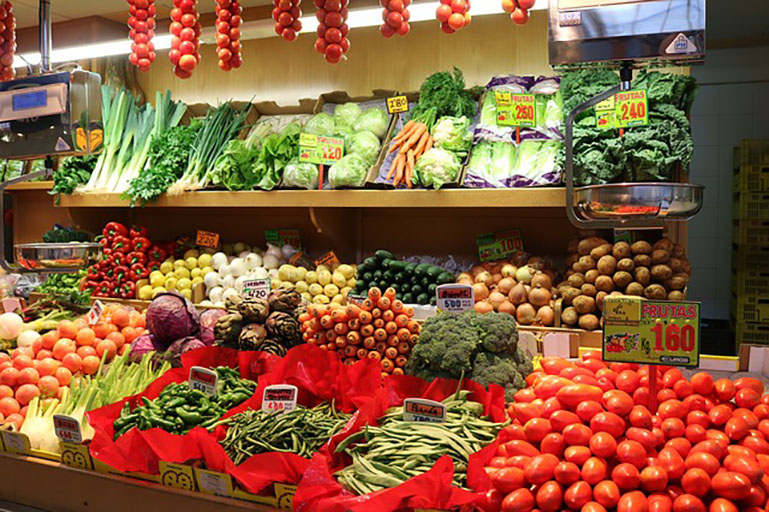The world’s largest discount-retail giant, Walmart, is unleashing efforts to implement a blockchain based system. Powered by the IBM Blockchain, the Walmart Blockchain will effectively trace the origin of live food products, including meats, fruits, and vegetables, by allying with 8 of its suppliers to implement the program in the United States. The members include well-known companies such as Nestlé and Tyson Foods.
Frank Yiannas, Vice President of Food Safety and Health at Walmart, is heading the company’s food traceability project. Yiannas, who believes that managers should create a culture of food safety, stated that the Walmart Blockchain is “equivalent of FedEx tracking for food.” FedEx, who has joined the Blockchain in Transportation Alliance, is testing Blockchain technology to track cargo and shipments worldwide.

What is Blockchain Technology?
While commonly associated with cryptocurrencies such as Bitcoin, it is essential to understand that cryptocurrencies are just a single application of blockchain technology. The blockchain is a distributed-ledger technology that can be accessed by everyone involved in a transaction. A transaction can be financial or informational; an informational transaction occurs when data is recorded and needs to be validated. The blockchain was designed to increase trust amongst buyers and sellers. A consensus must be reached among the parties involved for the transaction to become part of the ledger. The blockchain essentially automates the recording of accounts payable and account receivable and verifies the authenticity of information.
For example, the transfer of healthcare data about a patient from one doctor to another would be considered an informational transaction because data is being transferred and the validity of the data is vital to the patient’s health. Food traceability is also an example of an informational transaction. When the customer scans the barcode of a food item, she or he will be able to view exactly where the product was sourced, how the product was stored, and other information about the food item.
How will Walmart use Blockchain technology and food traceability?
Food traceability programs provide customers with accurate information about the food they are consuming, mitigate the risk of food-borne illnesses, and prevent or contain outbreaks. The Walmart Blockchain is a more efficient and effective way to tack live food products from their origin at the farm to the shelves of its 11,000+ stores worldwide, ultimately creating a competitive advantage. Yiannas says that the Walmart Blockchain can reduce the time it takes to trace a product from an average of 6 days to just under 2 seconds!

The Walmart Blockchain Pilot Program
Tracking the Origin of Chinese Pork
China has seen several foodborne outbreaks in recent years due to ‘counterfeit’ food and poor-food handling. In 2008, traces of melamine, a toxin, were found in milk and infant formula. Since then, the Chinese government has been cracking down on food regulations. However, there is still potential for ‘counterfeit’ food and contamination. In October 2016, Walmart opened a research center in Beijing to launch its blockchain pilot program. The research center was not built to test for food-borne contamination such as e.coli. Rather, the center was filled with data scientists and blockchain developers who were tasked with deploying a blockchain-based food traceability system to track Chinese pork. The technology kept track of the origin of the pork, the farm conditions including the chemicals that they use, the slaughter date, the storage conditions of the pork, and the porks’ geolocation while being transported.
Finding the Source of Mexican Mangos
Since the Chinese Pork traceability project was successful, Walmart’s VP of Food Safety and Health decided to expand the Walmart Blockchain to incorporate additional food items. The second food traceability pilot program involved tracing the source of Mexican Mangos down to the farm and date of harvest. Being able to track the information about mangos in real time can help prevent and contain outbreaks by identifying exactly which mangos are infected. Walmart’s success in tracing Mexican Mangos led to its decision to execute the program in its US-based stores.
Implementation of the Walmart Blockchain
As previously mentioned, the Walmart Blockchain seeks to accomplish the following three goals:
Provide Customers with Accurate Information – Consumers expect safety when consuming food. Companies who fail to meet this standard lose customer confidence and can be held liable for violating regulations set forth by the Food and Drug Administration. Blockchain solves this problem by providing customers with information about the food item by just scanning the barcode.
Mitigate the Risk of Food-Borne Illnesses – Blockchain uses the Internet of Things (IoT) to keep track of the chemicals that the farms use, the harvest date, the storage temperature, and the expiration date. By making sure that the food remains at the proper temperature and humidity conditions, the risk of food-borne illness is significantly reduced.
Prevent and Contain Outbreaks – In the case that food-borne illness is detected, blockchain can trace the contamination all the way back to the farm that harvested the food-item. Walmart can also trace all items that came from that farm and take them off the shelves immediately. The ability to instantly take contaminated items off the selves can potentially save lives and save Walmart millions of dollars in retribution.

Future Use Cases
In the future, Walmart is predicted to be one of the first retailers to implement blockchain technology to track non-food related products. The Walmart Blockchain will be the first definitive use case of blockchain food traceability and will inspire other food retailers and grocery stores to do the same. However, the current blockchain is not scalable, and it requires that all of the companies in the supply chain use the same blockchain protocol. NeuroChain, the next generation of blockchain technology, allows for scalability and can integrate with other blockchain protocols. NeuroChain provides for nearly seamless deployment of the blockchain in existing systems, allowing for participation by the entire supply chain.
NeuroChain, let’s build a better world!
Photo credits: Pixabay
Follow us on Telegram, Facebook, Twitter and YouTube. If you have any questions, feel free to get in touch with NeuroChain Team, and we will answer you as soon as possible!
